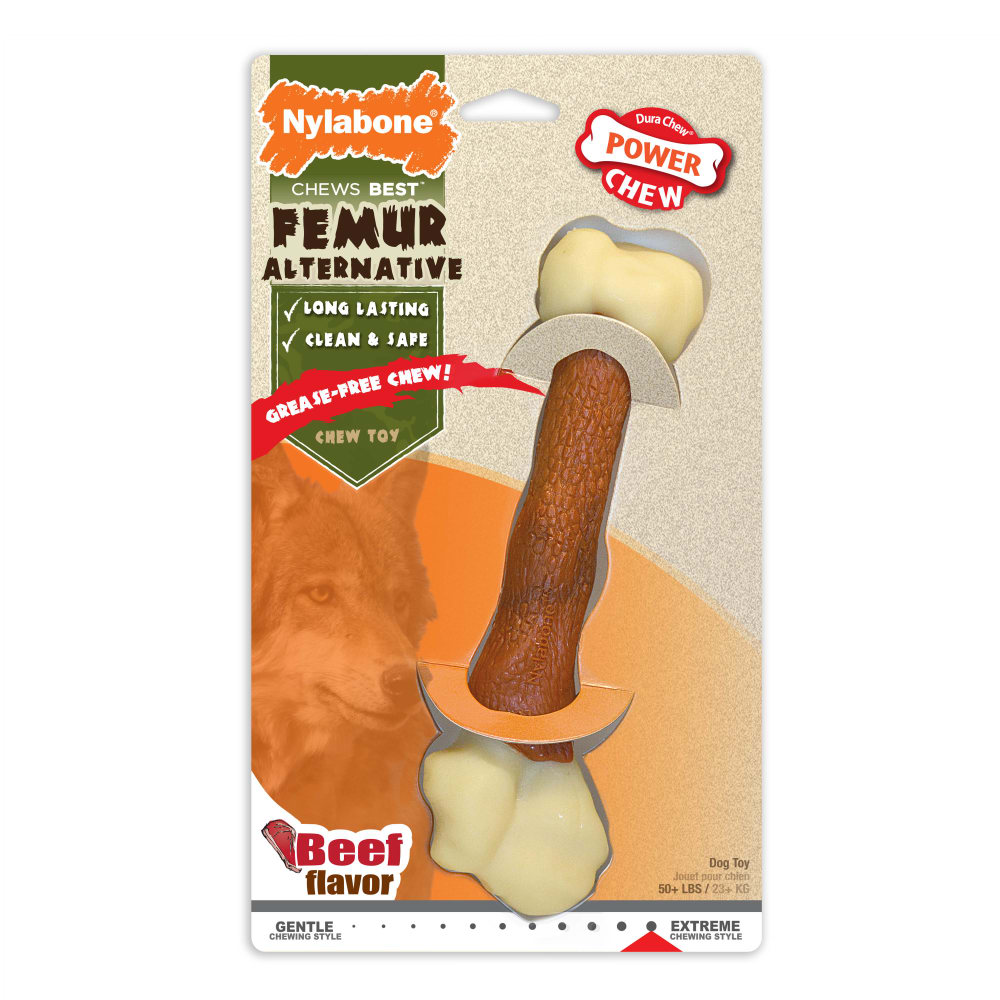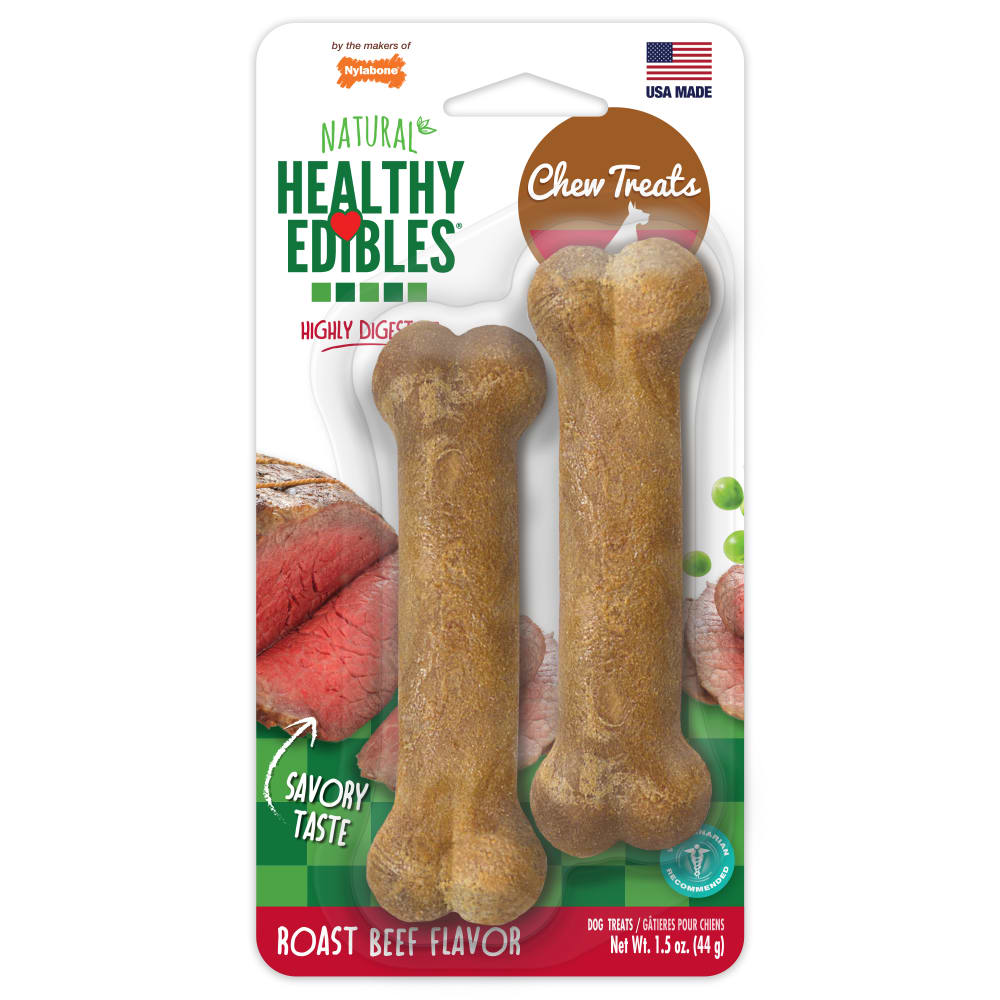Nylabone Tips for Healthy Chewing Habits
Dogs explore their world through chewing, and they'll chew on just about anything they can get their paws on. Although chewing is a common item on a dog's to-do list, owners need to prevent inappropriate and destructive chewing by teaching their dogs which things are meant for chewing and which are not.
Puppies and Chewing
Chewing is a natural behavior for puppies, especially when they're teething. Teething triggers a strong urge to chew to relieve discomfort and help puppies remove their baby teeth. Thus, few owners escape puppyhood without having to trash a pair of shoes. The keys to keeping your puppy from forming a bad habit and destroying your valuables are prevention and management.
Prevent Bad Behavior
First and foremost, always know what your puppy is up to. If you can't keep a steady eye on him, put him in a playpen, crate, or gated area. Don't give him free rein of your home until he's fully trained. Stow away all items that your puppy might pick up or chew on, such as shoes, purses, books, and electrical cords.
Always make sure that your dog gets plenty of mental and physical exercise each day so that relaxing on his bed for a while is more appealing to him than chewing. It's also up to you to encourage positive chewing behaviors so your puppy is able to exercise his jaws, keep his teeth clean, and satisfy his natural desire to chew.
Manage Inappropriate Chewing
Several toys are designed to safely satisfy a dog's need to chew, and they come in different sizes, flavors, and shapes. They serve to occupy your dog so he's not tempted to entertain himself with your personal belongings. Always match the chew toy to your dog's size and chewing strength. Keep an eye on him to make sure he doesn't swallow large pieces, and promptly replace worn chew toys with new ones.
Be realistic in your expectations—never scold your dog for inappropriate chewing. Simply interrupt the behavior and offer him a chew toy so he knows what he can gnaw on.
FOLLOW US!






